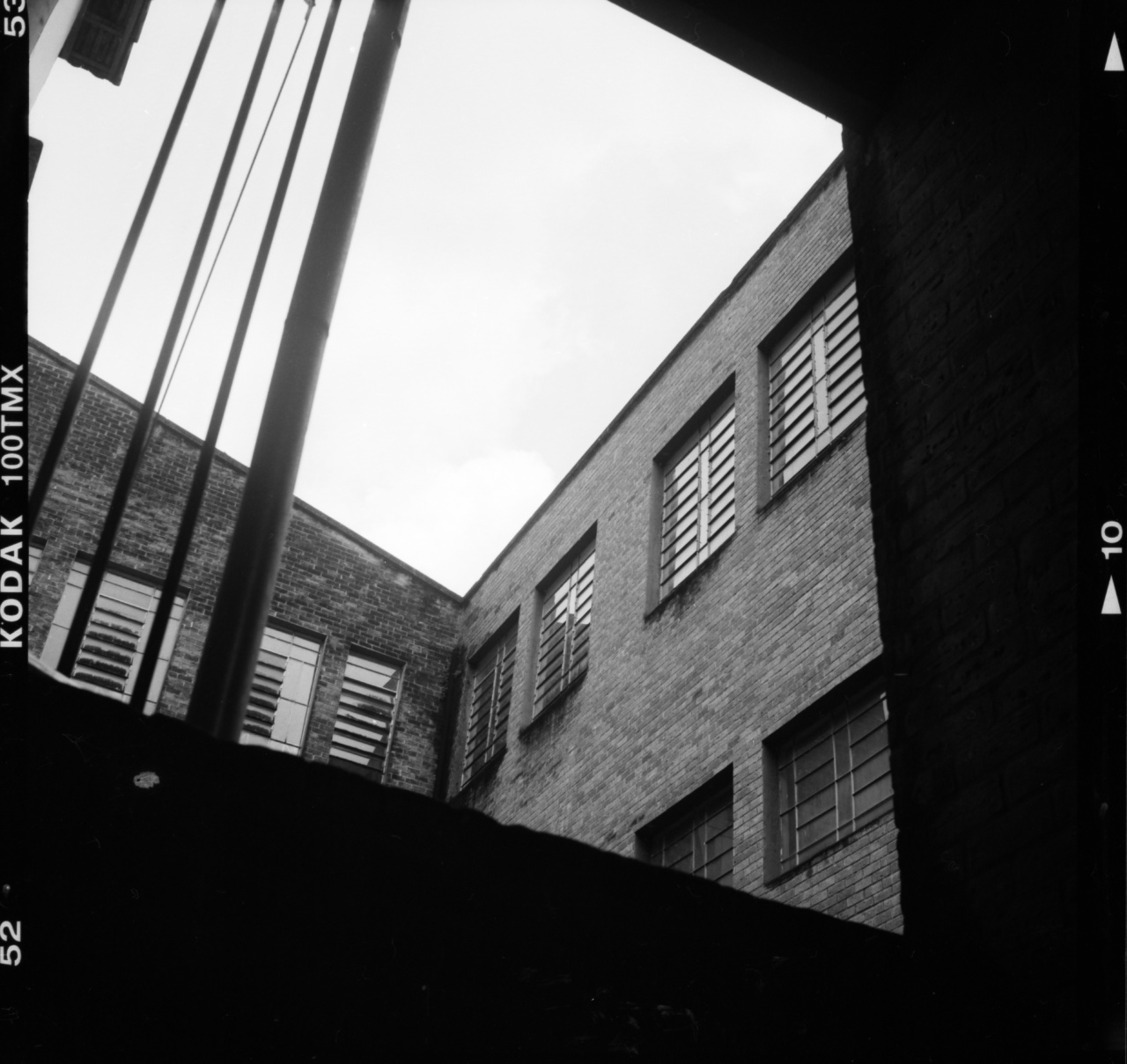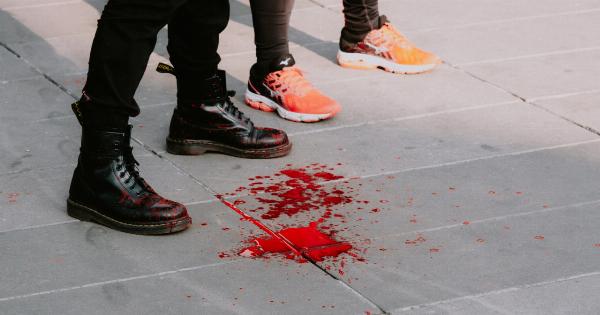Orthostatic hypotension is a condition where a person experiences a sudden drop in blood pressure when standing up from a sitting or lying position. This can cause dizziness, lightheadedness, and sometimes even fainting.
Orthostatic hypotension is also known as postural hypotension and is a common problem among older adults, especially those who have problems with blood pressure regulation.
Causes of Orthostatic Hypotension
One of the common causes of orthostatic hypotension is the sudden change in position, which can lead to a sudden drop in blood pressure.
The body usually responds by increasing heart rate and constricting blood vessels to maintain blood pressure and blood flow to the brain. However, in some people, this mechanism fails, leading to a sudden drop in blood pressure. The following are some of the causes of orthostatic hypotension:.
- Dehydration
- Medications that lower blood pressure
- Neurological disorders such as Parkinson’s disease
- Diabetes
- Cardiovascular disease
- Anemia
- Prolonged bed rest
Symptoms of Orthostatic Hypotension
Orthostatic hypotension can cause a range of symptoms, which can vary in severity. Some of the common symptoms include:.
- Dizziness
- Lightheadedness
- Fainting
- Blurred vision
- Nausea
- Fatigue
- Confusion
Diagnosis of Orthostatic Hypotension
To diagnose orthostatic hypotension, a doctor will perform a physical exam and review your medical history. They may also perform some tests such as:.
- Blood pressure measurement while sitting, standing, and lying down
- Measurement of heart rate
- Blood tests to check for underlying medical conditions
- Tilt-table test
Treatment for Orthostatic Hypotension
Treatment of orthostatic hypotension depends on the underlying cause. In some cases, lifestyle changes such as increased fluid and salt intake, and regular exercise can help improve symptoms.
Medications may also be prescribed to raise blood pressure or treat underlying medical conditions.
Prevention of Orthostatic Hypotension
Some measures can be taken to help prevent orthostatic hypotension:.
- Drink plenty of fluids to prevent dehydration
- Avoid alcohol
- Raise the head of the bed
- Avoid standing up too quickly
- Wear compression stockings
- Eat small, frequent meals
Complications of Orthostatic Hypotension
Orthostatic hypotension can result in a range of complications, including:.
- Falls and fractures
- Head injury from falls
- Stroke and heart attack
- Reduced quality of life
When to See a Doctor
If you experience any signs or symptoms of orthostatic hypotension, you should see a doctor. These symptoms can be particularly concerning if they occur after you have been standing up for a while or if you have been lying down.
Conclusion
Orthostatic hypotension is a common condition that can cause lightheadedness, dizziness, and even fainting when standing up.
This condition can have a range of causes, including dehydration, medication, neurological disorders, and cardiovascular disease. Treatment depends on the underlying cause, and lifestyle changes such as increased fluid and salt intake can help reduce symptoms.





























